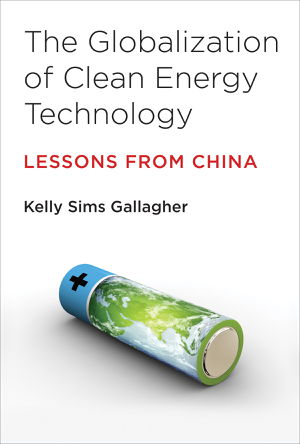
PublishedMit Press, April 2014 |
ISBN9780262026987 |
FormatHardcover, 280 pages |
Dimensions22.9cm × 15.2cm × 1.2cm |
The development and deployment of cleaner energy technologies have become globalized phenomena. Yet despite the fact that energy-related goods account for more than ten percent of international trade, policy makers, academics, and the business community perceive barriers to the global diffusion of these emerging technologies.
Experts point to problems including intellectual property concerns, trade barriers, and developing countries' limited access to technology and funding. In this book, Kelly Gallagher uses analysis and case studies from China's solar photovoltaic, gas turbine, advanced battery, and coal gasification industries to examine both barriers and incentives in clean energy technology transfer. Gallagher finds that the barriers are not as daunting as many assume; these technologies already cross borders through foreign direct investment, licensing, joint R&D, and other channels. She shows that intellectual property infringement is not as widespread as business leaders fear and can be managed, and that firms in developing countries show considerable resourcefulness in acquiring technology legally.
She finds that financing does present an obstacle, especially when new cleaner technologies compete with entrenched, polluting, and often government-subsidized traditional technologies. But the biggest single barrier, she finds, is the failure of government to provide sensible policy incentives. The case studies show how government, through market-formation policy, can unleash global market forces. Gallagher's findings have theoretical significance as well; she proposes a new model of global technology diffusion that casts doubt on aspects of technology transfer theory.

